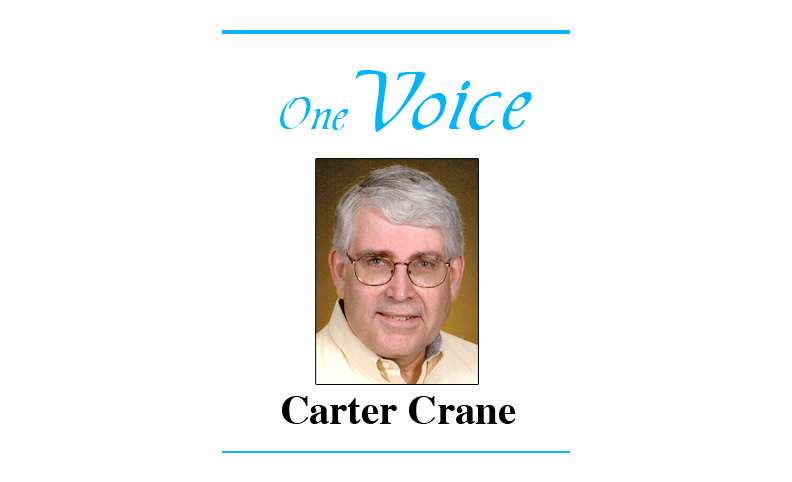
March Madness is here! Well, almost here. High school and college basketball both used to start at the beginning of March and for three or four weeks the countdown consumed the daily activities on the way to finding tournament champions through single elimination and the brackets would furnish two remaining teams to play in the championship game. Excitement and excellence prevailed.
Many years ago small towns were more common than today and communities rallied around their teams. Fans watched their neighbors compete for glory and championships. It was fun and more of a sense of solidarity. Those paying attention were more than basketball fans. Neighboring communities pulled for their close-by opponents to support the team which advanced to the higher levels.
Such was the case in Hebron along the Illinois-Wisconsin border which was a small town with excellence in the starting five players. The town of 650, a farm community won the 1952 Illinois boys high State tournament championship. Surrounding communities identified with team and supported Hebron in the sectional tournament and in the State tournament. Hebron defeated the bigger town school, Quincy, 64-59 in overtime in the State championship game. The Hebron starting five went on to play college basketball. On the return trip to Hebron following the capture of the State championship scenes revealed crowds to welcome the team in huge numbers from Morris through Crystal Lake along State Route 47 to Hebron High School.
Times change, of course. It is now Alden-Hebron High School with the merger of another small community. The once-in-a-lifetime experience does not happen. For one factor, there are four divisions to determine four State champions to give more schools opportunities to capture championships and help the smaller schools The small schools, for financial reasons in many cases, merge to form larger schools. We have become a more urban society and as a result the growth of suburban schools produce changes.
A greater emphasis on college basketball has reduced the roles of high schools in basketball. College tournaments start later than many years ago and high schools start their tournaments earlier than many years ago. The high schools seek to conclude their tournaments when the college tournaments are just beginning their countdowns. The final high school tournament game will be played Saturday, March 9 this year with Class 4A championship game. The Division I college tournament for the big schools will end with its championship game Monday, April 8. Its tournament has grown to a 68-team field. Success and interest in the college game has produced a television explosion and bonanza and created fertile fields for advertisers to tap into the many fans who watch the games on television.
It is no longer boys only who play the game. Girls start at a young age to play basketball, and other sports. The University of Iowa achieves sold-out games in the Big Ten Conference, stimulated in part by the success of Caitlin Clark. The 6-0 senior earlier this week had scored 3,569 points as a complete player who could shoot, pass, play defense and is a wonderful team player. Her next plateau will be to pass ‘Pistol’ Pete Maravich as the all-time college basketball scorer. He holds the men’s record with 3,667 points scored. She was 98 points away at the start of this week.
So, yes, to many fans and followers of basketball we are in March Madness.
Let the games begin.
At the start of the week, the University of Illinois men’s basketball team, 19-6, was ranked No. 12 in the country. Other ranked men’s teams included the top three teams, UConn, Houston, Purdue. They will be among the teams favored to qualify for the Final Four teams to be played April 6 and 8 in the national tournament. The rest of the men’s top 10 teams included, in order from No. 4 through No. 10, Arizona, Tennessee, Iowa State, Marquette, Duke, Kansas, and North Carolina.

